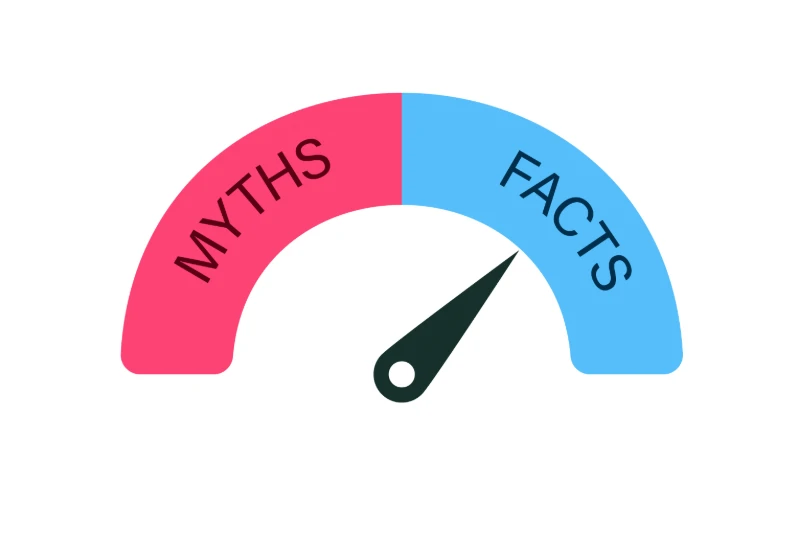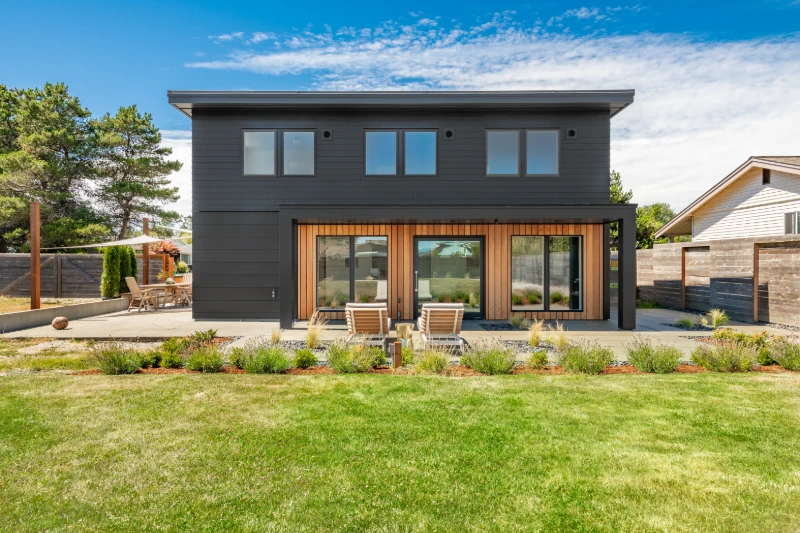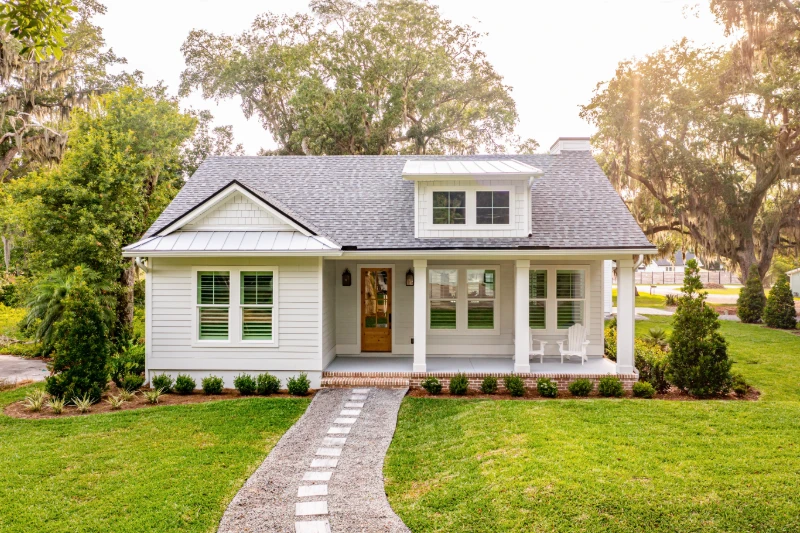Spring 2025 Housing Market: What Buyers Need to Know
Why Spring is a Prime Time for Real Estate Spring consistently ranks as one of the most active seasons in…
Should You Buy a Home and Renovate or Buy Move-In Ready?
When it comes to buying a home, one of the big decisions many buyers face is whether to purchase a…
How to Improve Your Mortgage Approval Chances
Getting approved for a mortgage is an exciting step toward homeownership, but it requires careful financial planning. Lenders look at…
Common Mortgage Myths Debunked
When it comes to getting a mortgage, there’s no shortage of misinformation. Many homebuyers, especially first-timers, hesitate to apply because…
How to Choose the Right Mortgage Lender or Broker
Choosing the right mortgage professional is a critical step in the home-buying process. Whether you work with a mortgage lender…
The Do’s and Don’ts of Applying for a Mortgage
Applying for a mortgage is an exciting step toward homeownership, but it’s important to approach the process carefully. Certain financial…
How Rising Interest Rates Impact Your Homebuying Power
Interest rates are one of the most important factors to consider when buying a home. They directly influence how much…
5 Tips for First-Time Homebuyers
Buying your first home is an exciting milestone, but it can also feel overwhelming. As a first-time buyer, you’re likely…
The Importance of Building Equity in Your Home
For many homeowners, building equity is one of the most rewarding aspects of owning a property. Equity represents the portion…
Understanding the Benefits of a VA Loan for Veterans and Service Members
For veterans, active-duty service members, and eligible surviving spouses, a VA loan offers a powerful way to achieve homeownership. Backed…
15-Year vs. 30-Year Mortgage: Which One is Right for You?
Choosing the right mortgage term is a critical decision in the home-buying process. The two most common options are the…
Understanding Closing Costs: What Every Buyer Should Know
Buying a home is an exciting journey, but it comes with its share of expenses—one of which is closing costs.…












